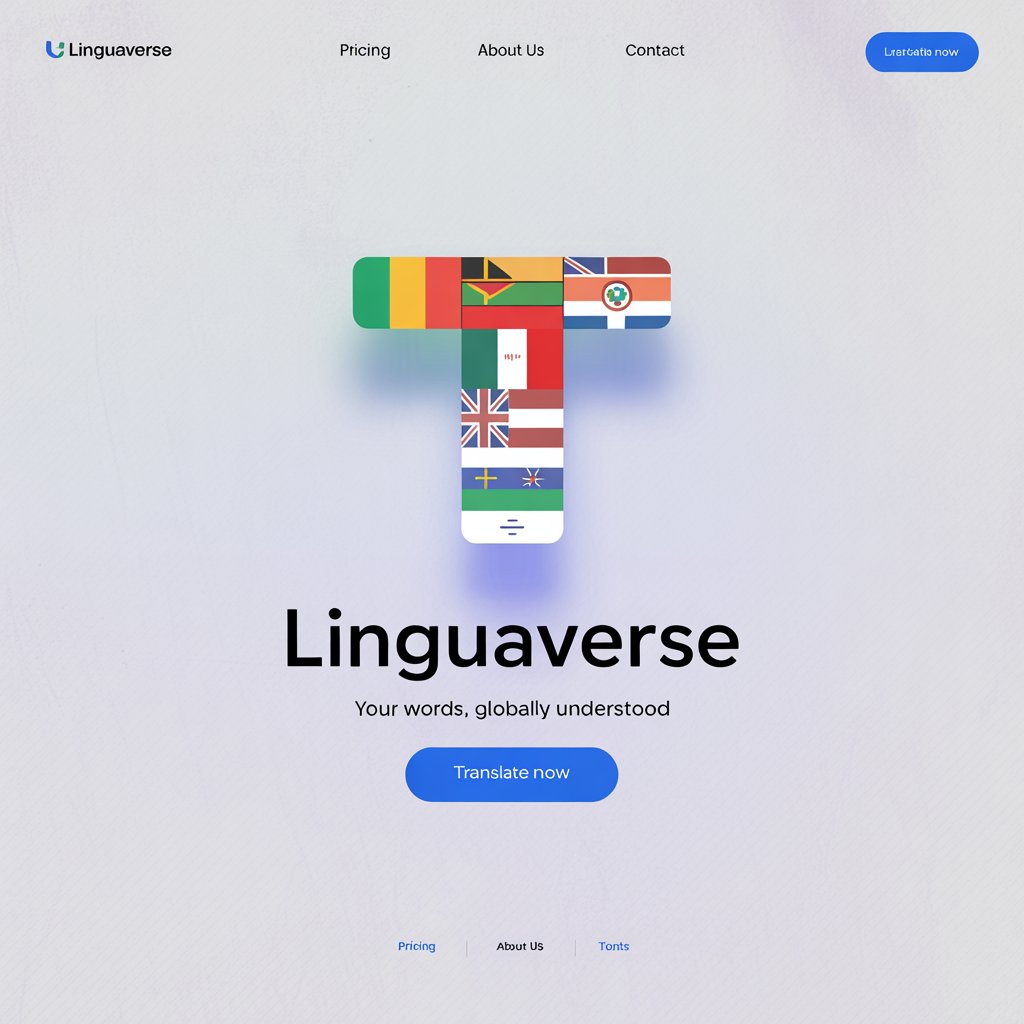Every morning, as the sun peeks over the horizon, a simple phrase echoes across the globe in countless tongues: “Good morning.” It’s more than a greeting—it’s a shared moment of renewal, a universal wish for a day filled with promise. I remember my first trip abroad, standing in a bustling Parisian café, hearing “Bonjour” paired with warm smiles, and later in Tokyo, catching the soft cadence of “Ohayo” as dawn broke over the city. These moments made me realize how a single phrase, spoken differently, carries the same heartfelt intention worldwide: to wish someone a beautiful start to their day. This blog post dives into the rich tapestry of “good morning” across languages and cultures, exploring its words, meanings, and the universal hope it embodies.
A Global Reference: “Good Morning” Across Languages
Below is a table showcasing how “good morning” is expressed in 15 languages, each with a glimpse into its cultural or linguistic significance.
| Language | Word/Phrase | Cultural/Linguistic Insight |
|---|---|---|
| French | Bonjour | Used as a general greeting, but in the morning, it carries a warm wish for a good day. |
| Spanish | Buenos días | A cheerful, plural greeting reflecting the vibrancy of Spanish-speaking mornings. |
| Italian | Buongiorno | A melodic greeting often paired with a gesture, symbolizing Italian warmth and hospitality. |
| German | Guten Morgen | Formal yet heartfelt, it reflects German precision and respect for daily rituals. |
| Mandarin | Zǎo shàng hǎo | Literally “early morning good,” it’s a concise wish for a prosperous start in Chinese culture. |
| Hindi | Suprabhāt | Rooted in Sanskrit, it conveys blessings for a bright and auspicious morning. |
| Japanese | Ohayō | Informal and warm, used among friends and family to start the day with connection. |
| Korean | Annyeonghaseyo | A polite greeting used in the morning, reflecting Korean emphasis on respect. |
| Arabic | Sabāḥ al-khayr | Meaning “morning of goodness,” it’s a poetic wish for blessings across Arab cultures. |
| Swahili | Habari za asubuhi | Literally “news of the morning,” it invites conversation, common in East African communities. |
| Zulu | Sawubona | A greeting meaning “I see you,” used in the morning to acknowledge presence and connection. |
| Yoruba | Ẹ kaaro | A respectful morning greeting in Nigeria, often accompanied by inquiries about well-being. |
| Maori | Ata mārie | A gentle greeting meaning “peaceful morning,” tied to Maori reverence for nature. |
| Hawaiian | Aloha kakahiaka | Combines “aloha” (love) with “morning,” reflecting the Hawaiian spirit of warmth and unity. |
| Cherokee | Osda sunalei | A traditional greeting meaning “good morning,” rooted in Cherokee respect for daily renewal. |
European Languages: A Tapestry of Warmth and Tradition
In Europe, “good morning” is woven into the fabric of daily life, each language adding its own flavor. In French, “Bonjour” is more than a morning greeting—it’s a cultural cornerstone, used throughout the day to express politeness and warmth. In France, saying “Bonjour” with a smile in a bakery sets the tone for a day of connection. Spanish speakers across Spain and Latin America greet the dawn with “Buenos días,” a plural phrase that feels like an invitation to share in the day’s joys. In Italy, “Buongiorno” rolls off the tongue with musicality, often accompanied by a nod or gesture, embodying the country’s passion for human connection. German “Guten Morgen” carries a sense of order and sincerity, often used in formal settings to wish someone a structured, productive day. Across these cultures, the greeting reflects a shared European value: starting the day with respect and optimism.
Asian Languages: Diversity in Unity
Asia’s vast linguistic landscape offers a kaleidoscope of morning greetings. In Mandarin, spoken across China and beyond, “Zǎo shàng hǎo” is a concise wish for a good morning, reflecting the efficiency and optimism of Chinese culture. In Hindi, widely spoken in India, “Suprabhāt” draws from Sanskrit, evoking spiritual blessings for a bright day. Japanese “Ohayō” (or the more polite “Ohayō gozaimasu”) is a warm, often familial greeting, used to foster closeness in Japan’s collectivist society. In Korea, “Annyeonghaseyo” serves as a morning greeting with a bow, emphasizing respect and harmony. Arabic, spoken across 22 countries like Egypt, Morocco, and Saudi Arabia, uses “Sabāḥ al-khayr,” a poetic phrase meaning “morning of goodness,” which reflects the region’s love for eloquent expression. These greetings, though diverse, share a common thread: a wish for peace and prosperity to start the day.
African Languages: Community and Connection
Africa’s linguistic diversity shines in its morning greetings, often rooted in community and mutual care. In Swahili, spoken in over 20 countries like Kenya, Tanzania, and Uganda, “Habari za asubuhi” invites dialogue, asking about the “news of the morning.” This reflects the communal nature of East African societies, where mornings are a time to reconnect. Zulu, prevalent in South Africa, uses “Sawubona,” meaning “I see you,” a profound acknowledgment of another’s presence that carries special weight in the morning. In Yoruba, spoken in Nigeria and Benin, “Ẹ kaaro” is a respectful greeting, often followed by inquiries about family, emphasizing care and connection. Across African cultures, these greetings are less about the time of day and more about affirming relationships and shared humanity.
Indigenous & Island Languages: Reverence for Nature and Community
Indigenous and island cultures offer unique perspectives on “good morning,” often tied to nature and spirituality. In Maori, spoken in New Zealand, “Ata mārie” means “peaceful morning,” reflecting the Maori connection to the land and its rhythms. Hawaiian “Aloha kakahiaka” blends the universal “aloha” (love, peace) with “morning,” creating a greeting that radiates warmth across the Pacific. Cherokee, spoken in parts of the United States, uses “Osda sunalei,” a phrase tied to renewal and gratitude for a new day. Samoan, used in Samoa and American Samoa, employs “Talofa i le taeao,” a greeting that welcomes the morning with openness. These greetings, used in over 20 indigenous and island communities worldwide, highlight a deep respect for nature, community, and the sacredness of each new dawn.
Cultural Insights: The Evolution of a Universal Greeting
The phrase “good morning” has ancient roots, often tied to survival and gratitude. In early civilizations, dawn symbolized safety—a new day free from the dangers of night. In Latin, the root of many European greetings, “bonus” (good) paired with “dies” (day) formed the basis for phrases like “Buenos días.” In Asian cultures, morning greetings often carry spiritual weight, as in Hindi’s “Suprabhāt,” derived from Sanskrit texts that bless the day. In African and indigenous cultures, greetings like “Sawubona” or “Ata mārie” emphasize community and presence, reflecting oral traditions where words hold power. Over time, these phrases have evolved, shaped by religion, trade, and migration, yet they retain a universal purpose: to foster connection and hope.
Proverbs and Sayings: Wisdom in the Morning
Across cultures, “good morning” inspires proverbs and sayings that capture its essence:
- Spanish: “Mañana es un nuevo día” – “Tomorrow is a new day,” reflecting optimism for fresh starts.
- Chinese: “Yī tiān zhī jì zài yú chén” – “The plan of a day lies in the morning,” emphasizing morning’s importance.
- Yoruba: “Ẹ kaaro o, ọjọ́ rere ni” – “Good morning, it’s a good day,” a blessing for positivity.
- Maori: “Kia mārie te ata, kia mārie te ao” – “A peaceful morning, a peaceful world,” tying personal peace to global harmony. These sayings underscore the morning as a time for renewal, planning, and connection, uniting cultures through shared wisdom.
FAQs: Unraveling the Morning Greeting
Why do some morning greetings sound similar? Many languages share linguistic roots, like Latin for European languages or Sanskrit for Indian languages, leading to similarities in structure or sound.
What’s the oldest known morning greeting? While exact origins are unclear, greetings tied to dawn appear in ancient texts like Sanskrit Vedas (e.g., “Suprabhāt”) and Egyptian hieroglyphs, suggesting morning salutations date back millennia.
How do cultural differences shape these greetings? In collectivist cultures like Japan or Nigeria, morning greetings emphasize community and respect, while individualistic cultures like Germany may focus on formality and precision.
Conclusion: The Universal Language of Morning
“Good morning” is more than words—it’s a global ritual, a shared heartbeat that connects us across continents and cultures. Whether it’s the poetic “Sabāḥ al-khayr” in Cairo, the warm “Buongiorno” in Rome, or the soulful “Osda sunalei” in Cherokee lands, this phrase carries a universal hope: that each new day brings light, love, and possibility. As you greet the morning in your own language, take a moment to reflect on its power to unite us all. How do you say “good morning” in your culture? Share your story in the comments below, and let’s celebrate the beauty of this global tradition together!




